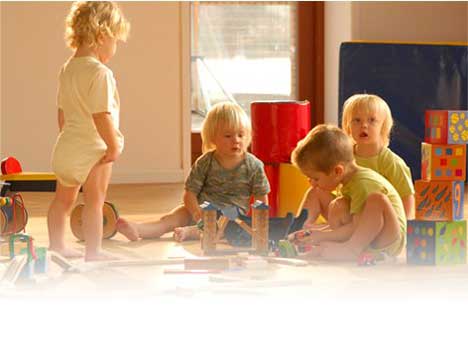
The children’s birthday party has been grasped by many businesses as just another marketing tool, and they are churned out one after the other, with lots of waste and at a pretty penny too. You know the one’s I’m talking about, MacDonalds, the bowling alley, extreme sports venues. Complete with processed junk food, plastic party bags with cheap plastic toys, and a supermarket cake full of additives. There’s a culture of having to keep up with the Joneses by spending more per head than the next Mom, or at least appearing to be spending more, and the result is lots of mindless consumption and waste, waste, waste. What ever happened to the sort of parties my parents threw me as a child? There was always a homemade cake, homemade cupcakes, iced plain biscuits that Mom had made, jellies in orange skins, and ice-cream cones stuck to a biscuit with a marshmallow and some icing, remember those?
If you’re tired of commercially-hyped birthday parties, here are some ideas to bring it all down a notch and help the planet out. After all, it’s the very children we’re having these parties for that are going to have to sort out the mess we’ve made of this planet.
Read More »How to host an eco-friendly children’s party


